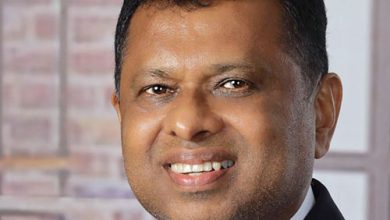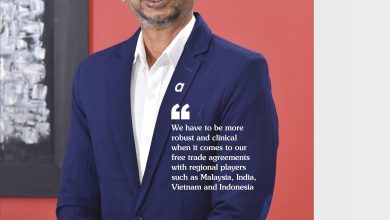LMDtv 3
 From lengthy power cuts to endless queues for fuel, Sri Lanka has been through the mill when it comes to accessing energy. The island is doing much better today although energy costs have skyrocketed.
From lengthy power cuts to endless queues for fuel, Sri Lanka has been through the mill when it comes to accessing energy. The island is doing much better today although energy costs have skyrocketed.
“We had a very bad period; and I believe that we’ve emerged from it because at the moment, we don’t have any power cuts but the cost [of energy] is high,” said the Group Managing Director and CEO of DIMO Gahanath Pandithage.
Sri Lanka has access to power and energy but at a very high cost, given the country’s economic challenges. He also explained that other macro factors such as the wars in Europe and Gaza are contributing to the rising cost of energy.
From being a nation that withstood severe hardships in accessing energy in the last couple of years, Sri Lanka – which is gradually emerging from the economic crisis – is increasingly embracing renewable energy sources in its journey towards becoming a green economy.
Pandithage asserted: “We have to go further into renewable energy – that is hydro plus wind and other alternatives.” He acknowledged however, that although an acceleration of effort is necessary, the process is time consuming.
“There’s no urgent solution for power because it takes time,” he conceded, citing the need to streamline aspects such as grid balancing, substation management and distribution, which also involve high costs.
Nevertheless, he remains positive about Sri Lanka’s journey towards increasing investments in renewable energy, saying that “we are on the correct path.” He noted that the government has recently granted approvals for foreign companies to invest in large-scale solar power plants and is looking at wind power generation projects as well.
The government is also encouraging domestic initiatives such as installing solar panels on rooftops, which will help cater to the high demand for energy from households – to some degree.
There are many plans in place but the capital investments required remain a constraint. Therefore, it is necessary for Sri Lanka to attract foreign investors.
The government is encouraging the country to go green, and set a goal of achieving 70 percent renewable energy generation by 2030 and becoming carbon neutral by 2050. Pandithage is optimistic that Sri Lanka can achieve carbon neutral status sooner since the only hurdle is to attract investments, which can be overcome with investors coming in.
He elaborated that the government is taking several measures to increase investments in infrastructure – including undersea lines bringing in power from India.
In the context of the corporate sector, Pandithage noted that many companies now have environmental, social and governance (ESG) targets, which shape their plans and processes. He highlighted the need for businesses to be energy independent by looking at ways to generate their own power and take the load off public supply.
Yet, there is much to be done internally. “Everyone should start conserving energy especially since everybody can do it – there’s no need to wait till 2050,” he urged, stating that a major share of the island nation’s energy consumption is by households and not industries.
Pandithage pointed to one example: “A lot of people like to keep a light burning in the night but should not be doing that since they’re wasting their own money, increasing the load on the grid and disturbing the natural environment.”
“People should be educated on this and everybody should be talking about it,” he urged, adding: “Children should be taught not to waste energy. If you start at home, it will carry on into offices in the private and government sectors; and then they will start conserving [energy].”
Pandithage emphasised that the responsibility of being energy efficient is not the government’s alone but everyone’s. “Even one rupee or one cent of saving has to come from the grassroots level,” he said, stating that “it has to be a collective effort.”




